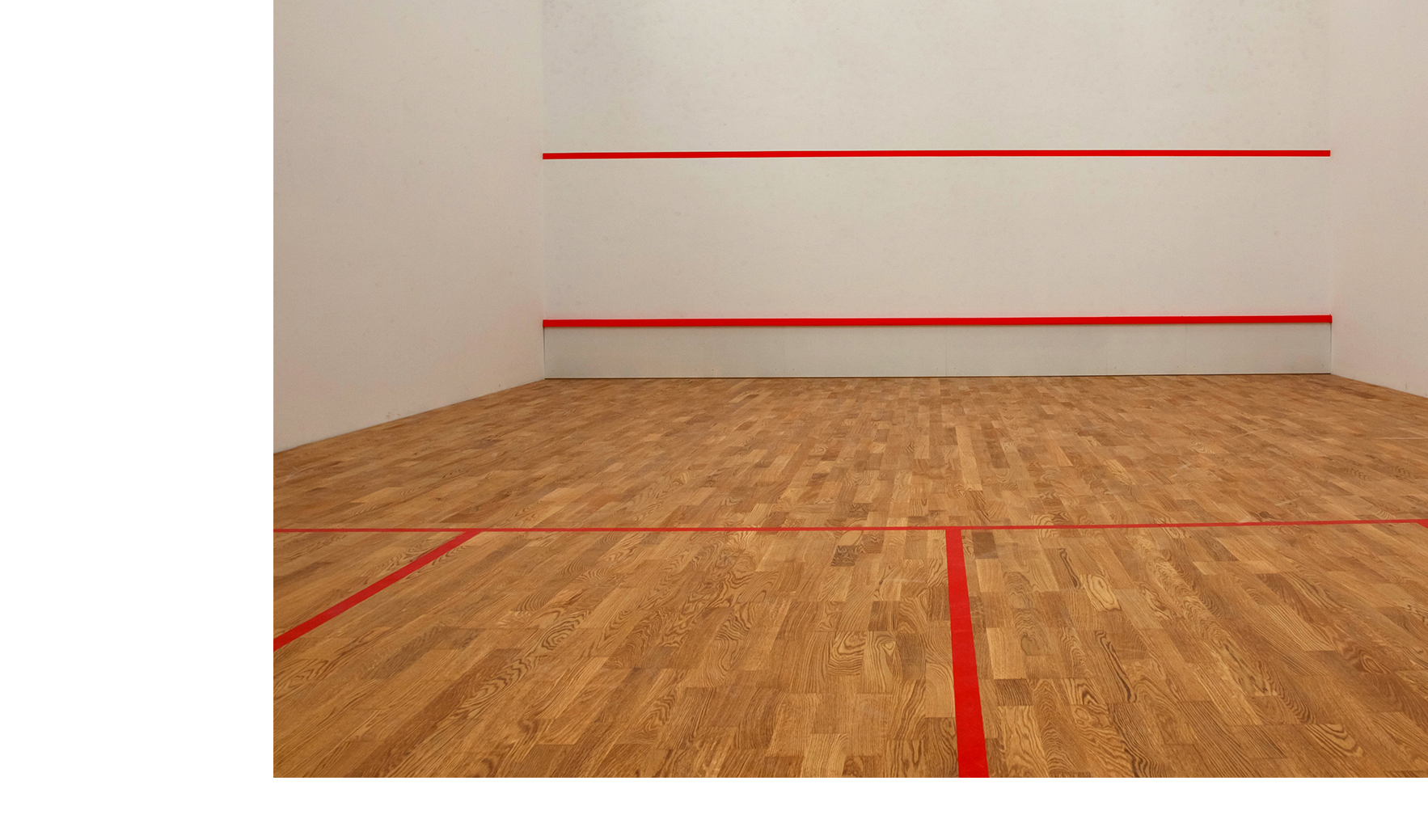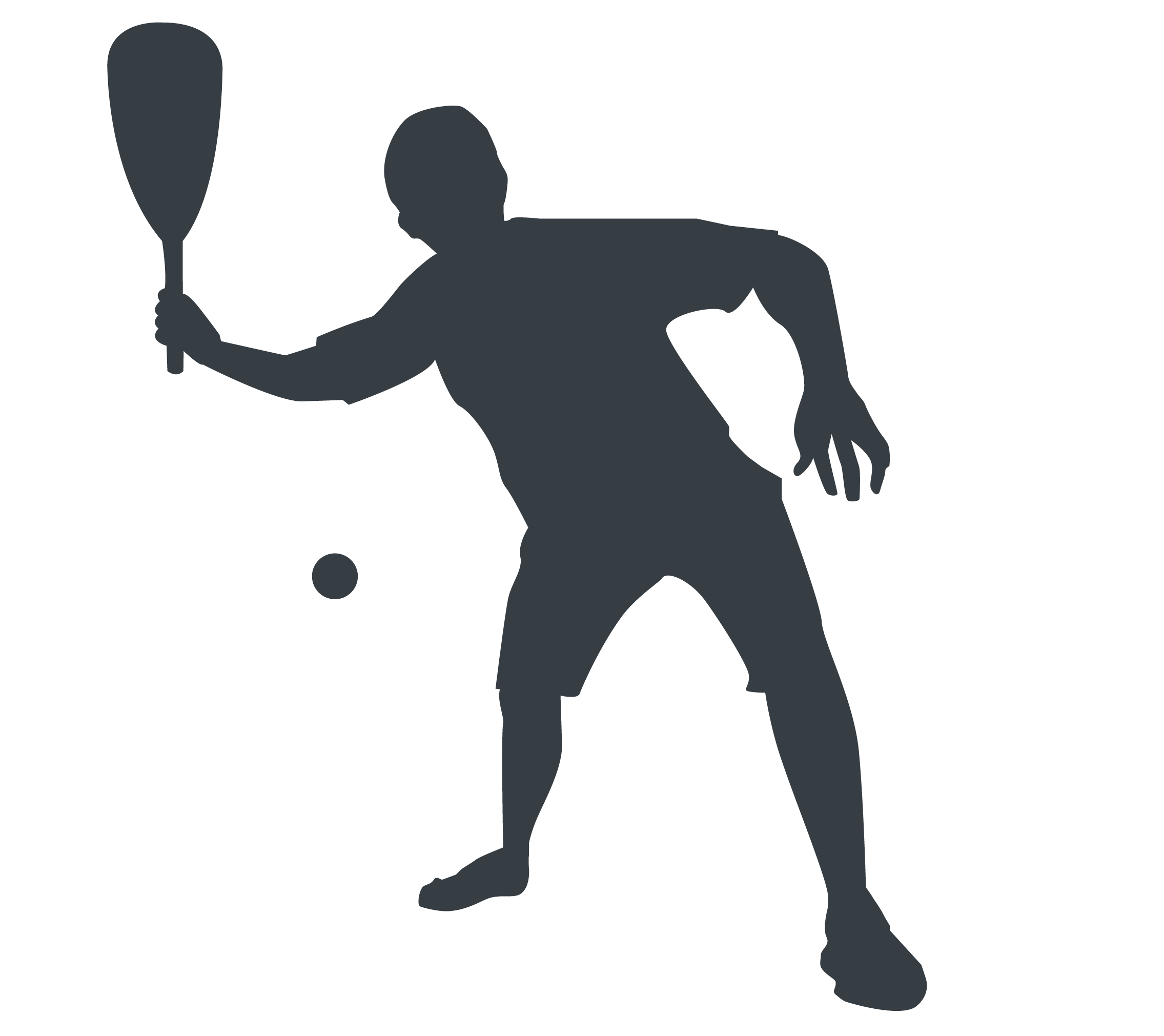Talk to your coach or organization, if applicable, about the prevention strategies below and how they might be incorporated into training and policies.
Equipment
The risk of injury can be reduced by the use of properly fitted personal protective devices, such as eyewear. Check equipment regularly for cracks or other signs of damage.
Strength Training and Neuromuscular Training Program
The risk of all lower body injuries may be reduced by up to 50% by regular participation in a balance training exercise program with a resistance training component, such as a neuromuscular training warm-up program.
Sport Injury Prevention Research Centre Neuromuscular Training
The Sport Injury Prevention Research Centre has developed a neuromuscular training warm-up program that can be adapted to many sports. Incorporating a warm-up program like this one into your training program at least two times per week has been associated with a significant reduction in lower body injuries.
Click here to view poster.
Oslo Sport Trauma Research Centre Neuromuscular Training
Adopt strength training exercises designed to prevent injuries. The Oslo Sport Trauma Research Centre has developed exercises that specifically help keep the ankle strong and reduce the risk of injury. This resource includes videos and PDFs for download.
Learn more about exercises to help prevent ankle injuries.
For more exercises, visit http://fittoplay.org/.
Safesport – Squash and Racquetball Safety
Safesport (UK) has some information on racquetball safety.
Sleep, Vigilance and Sport Injury Prevention
Being successful in physical activity requires a high degree of alertness, also known as vigilance. Sufficient sleep helps your body to recover, allows you to achieve your goals, and reduces your risk of injury. Getting less than 8 hours of sleep can increase your rate of injury by up to 70%! Watch this video to learn more about how sleep and vigilance are connected.
Sport-related Physicals
Racquetball is a physically demanding sport and some pre-existing conditions may increase the risk of injury. An annual sport-related physical evaluation ensuring fitness to play can help to reduce risk of injury. KidsHealth provides information about what sports physicals are, why they may be appropriate and where you may go to get them.
Learn more about Kids Health Sports Physicals.





